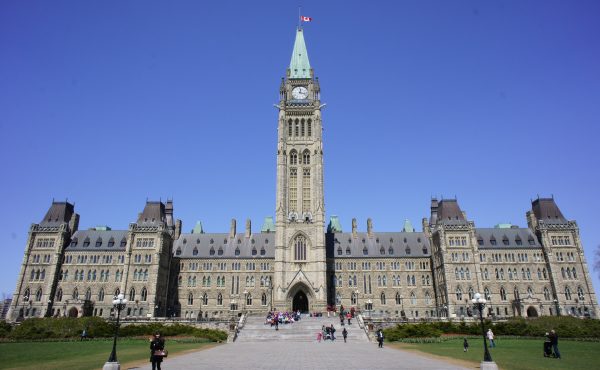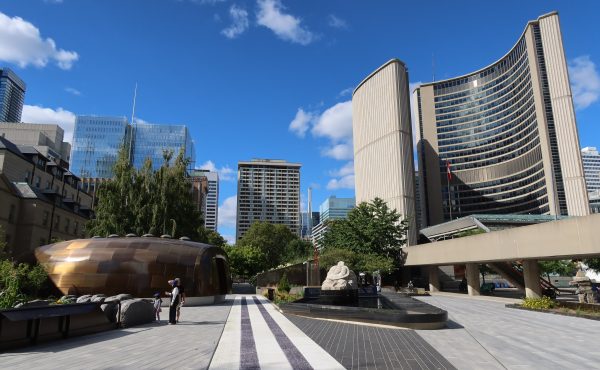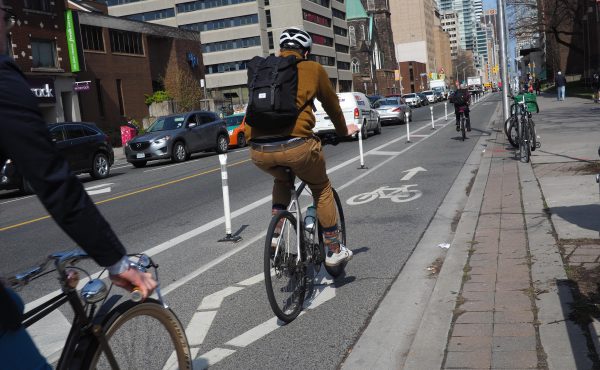
The City of Toronto claims to be interested in your opinion about the proposal to allow the Ontario Lottery and Gaming Commission develop an integrated casino/entertainment complex here, and is now in the throes of a well publicized effort to solicit the public’s views.
So here’s my question: why are Toronto residents being asked to respond to staff reports that are hardly forthright about two major elements of the OLG plan: the size of the hosting fee for the City, and the viability of the Port Lands as a venue.
HOSTING FEES
Casino proponents have positioned the remittance to the City as a key carrot in winning over a skeptical public. The City’s online consultation form acknowledges as much by asking, in questions four and five, whether the revenue generated for the City would influence the respondent’s opinion, and how much annual revenue would be necessary “to address of balance your concerns…?”
Participants in this process need only read the “Consultation Guide” or city manager Joe Pennachetti’s November 12 presentation to the Executive Committee to discover the City can expect annual payments in the range of $66 to $168 million, with those figures attributed to an Ernst & Young casino study released in October.
Strangely, the 188-page E&Y study offers a far more tentative estimate. In Section 5 (pages 61 to 68 in the pdf), E&Y says OLG explained to City officials that it plans to be using a “new” hosting fee formula that would generate $18 million from an integrated casino complex that generates $1.4 billion in annual revenues.
How did we get from $18 million to the $66 to $168 million range? Lots of untested assumptions, that’s how.
- If OLG adopts a flat 4% fee, E&Y says, you can move the needle up by $50 million.
- Alternatively, if OLG pegged its hosting fees on the medium fee per resident in communities with casino/slot facilities, and then applies this formula to the City of Toronto, you could move to a 6% flat fee.
- Finally, if the City and OLG could work out a deal such that Toronto shares the incremental tax revenues generated by a casino, that arrangement might add another $50 million.
Nowhere in the E&Y document or the City summaries are there explanations for the upside figure of $168 million, which, it seems safe to conclude, is every bit as fictitious as the $400 million windfall promised by the Toronto Taxpayers Coalition this week in a release that should win a prize for sheer mendaciousness. Nor does the document explain whether OLG is prepared to absorb the cost of increasing the hosting fees of other Ontario communities if Toronto gets a pot-sweetener.
In short, residents aren’t being asked to comment on actual hosting fees, but rather a series of thoroughly speculative scenarios based on negotiations that have not yet taken place (a point that is made in the fine print of one City document).
Theoretically, residents, satisfied by the City’s numbers, could push council to say yes, only to see the City end up with a hosting fee on the low end of that range. In retail, they have a phrase for this sort of thing: bait-and-switch.
THE PORT LANDS
According to all the aforementioned public consultation documents, the City is looking at four zones within the 416: a downtown location (Metro Convention Centre precinct); the CNE, Woodbine, and the Port Lands. The city reports note that the Port Lands have been identified as a major revitalization area, and include city-owned land, the sale of which could produce millions in one-time revenue.
Now here’s what the E&Y report says about the Port Lands: “Most of the Casino Operators we spoke to indicated that, while the site has enormous potential, they were not interested in this location citing concerns over the cost of remediation, flood protection needs, infrastructure needs and distance from other attractions in the City [emphasis added].”
Let’s rewind the tape for a moment and play it again: “They were not interested in this location…”
In a background briefing this week, Waterfront Toronto officials put some meat on the bones of what E&Y had dutifully reported. Over the next two to three years, the City and WT need to complete a detailed environmental assessment on re-routing the mouth of the Don and other flood protection measures. For a casino complex — a use not currently contemplated even in the revised Port Lands’ revitalization strategy — the City would also have to secure an official plan amendment and new zoning, and then fight it out at the OMB.
The approvals, one official suggested, could take as long as six years to nail down. In short, a casino complex in the Port Lands would achieve precisely the opposite of the acceleration process the brothers Ford have claimed to be pursuing.
Then, there’s the little matter of actually building flood plain protection and reconstructing the river and the Keating Channel. Areas east of Cherry Street, which sit in the Don flood plain, are highly problematic, the officials said, because of the need to construct a new spillway. Flood plain protection, road infrastructure and a new bridge over the Keating will cost almost half a billion dollars and take years to complete, provided the source of funding is identified, which is not now the case.
The officials said they’ve had discussions with Port Lands landowner groups about transferring these infrastructure costs to private developers, but those plans haven’t generated interest. (It’s kind of like asking trucking firms to build the 401.)
Even more tellingly, neither the City nor Waterfront Toronto have been asked to brief OLGC about the complexities of a Port Lands venue, according to spokespersons for both organizations.
Why not? On a conference call last week with the other participants of a Canadian Urban Institute forum on the casino scheduled for January 23, OLG chair Paul Godfrey told me the agency would like to have the new resort operating by 2017. But if that’s the time horizon, it’s inconceivable that the Port Lands would be in the running. Which, in essence, is what the casino operators have told E&Y.
So why are Toronto residents being asked to opine on the appropriateness of the Port Lands as a venue in these consultations? The only explanation I can see is that the City is hoping against hope that a casino operator will come out of the woodwork offering to ante up for millions of dollars for infrastructure costs.
How’s that for betting against the house.





One comment
I attended the Etobicoke public session more in hope than expectation. From the nature of the audience and the agendas they came with, I was not sanguine that those opposed would be given credence. The published follow-ups and reports seem to bear me out. Desperate politicians and ruthlessly focused stakeholders make a formidable barrier for people like me.